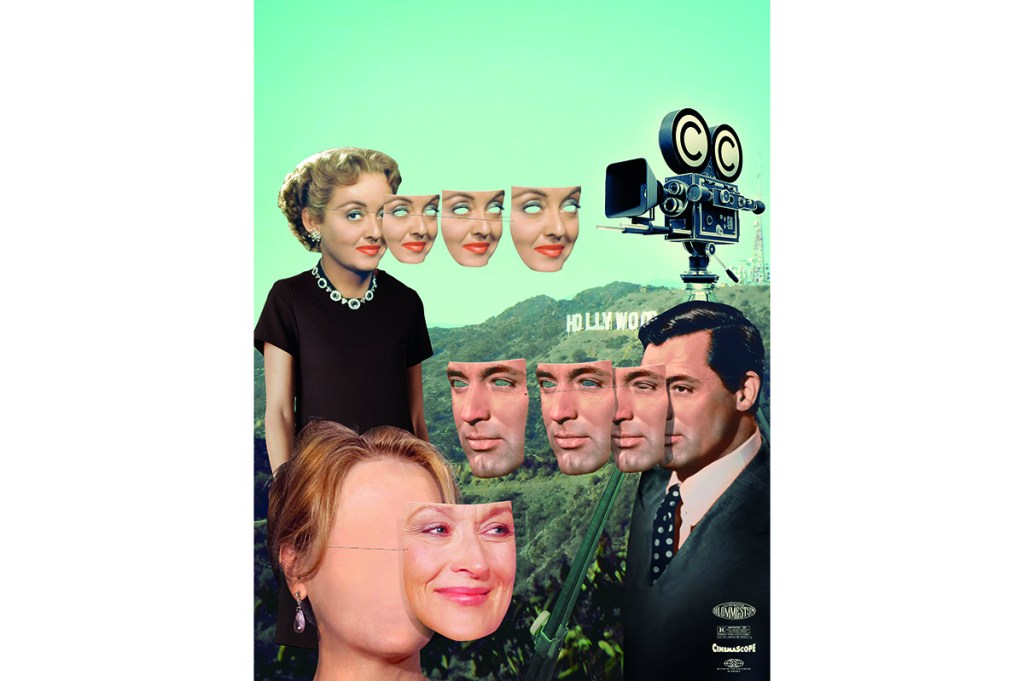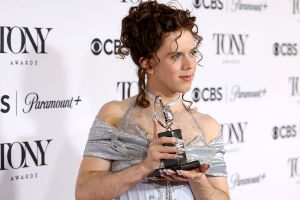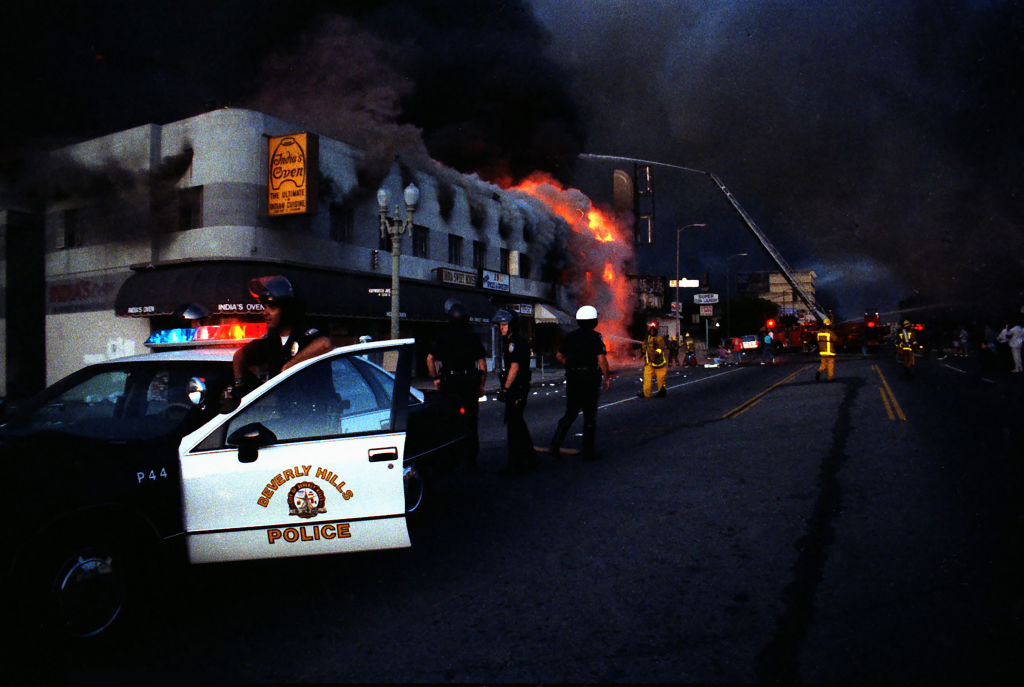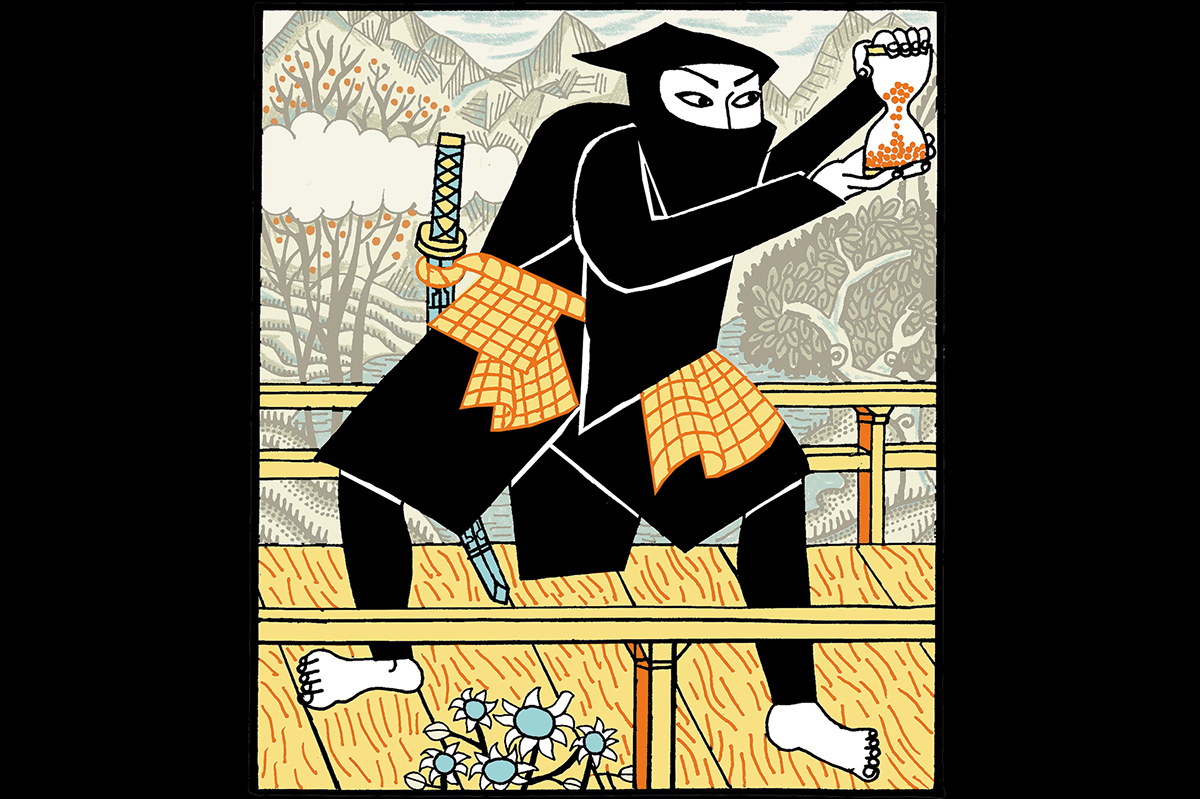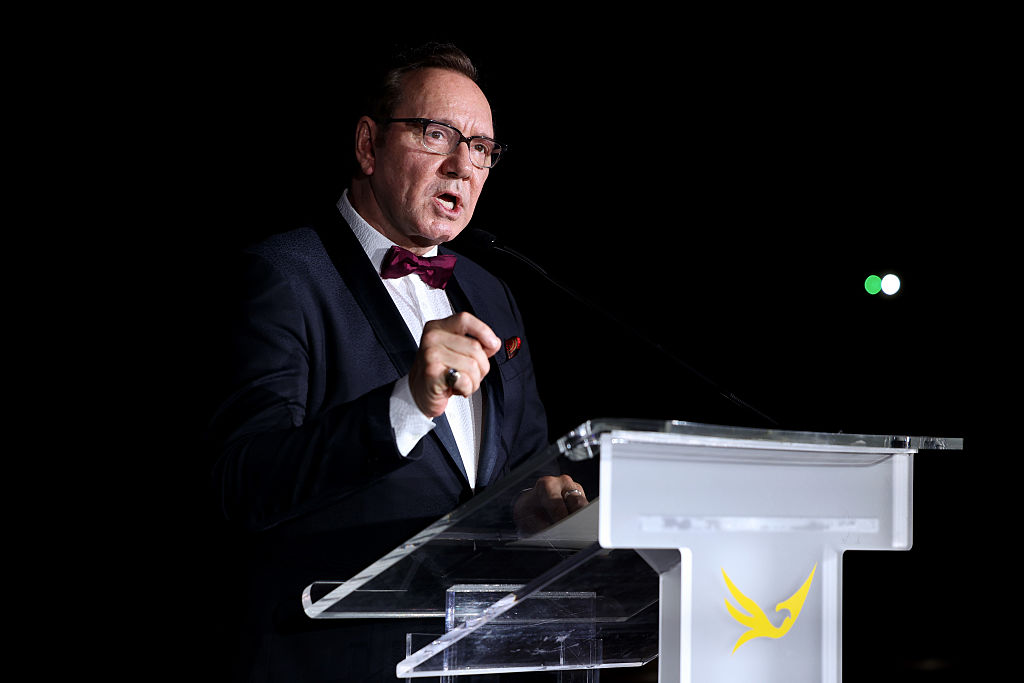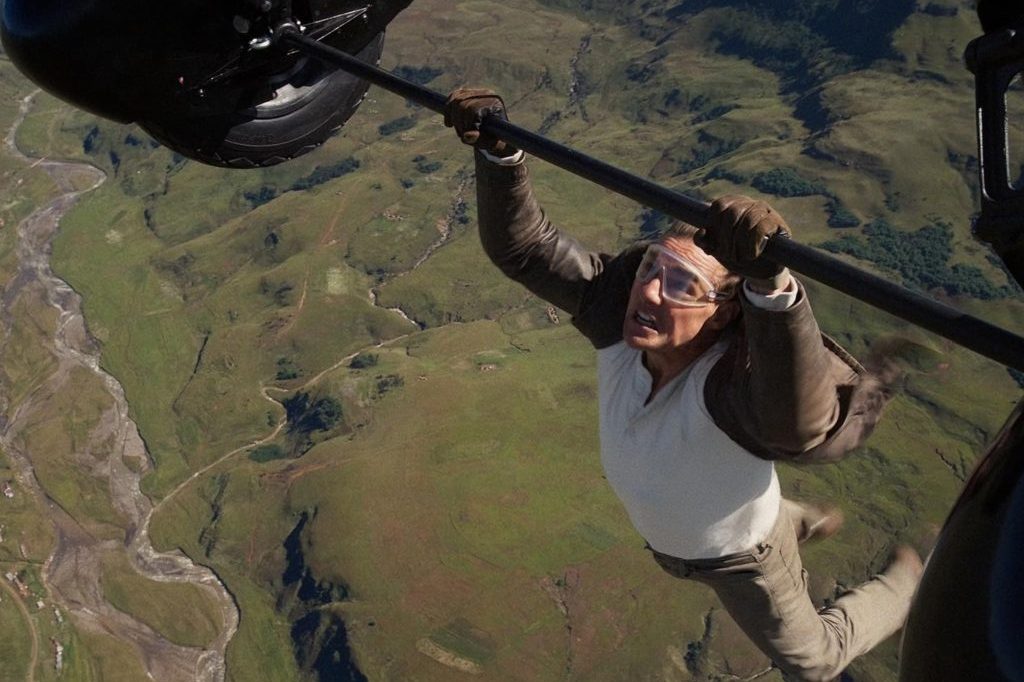Paul Newman and Joanne Woodward were not, as the title of a recent documentary would have us believe, the last movie stars. Nor are movie stars — as Jennifer Aniston suggests in a November Variety profile — extinct. As long as there are big screens, stars will occur, perhaps only accidentally. The reality, though, is that the business may no longer need them.
Before Hollywood figured out how to sell you a movie you didn’t want to see, way back in the old studio days when advertising a movie was as easy-breezy as sticking up a poster and few lobby cards at your local theater, you didn’t need to be sold a movie to take an interest. You just needed to be told it was coming. Because if it had a star you liked, you’d go.
That’s what a star was: a means to sell you a ticket.
In those days, the stars meant something; they told you something about the kind of movie it was going to be. Take All About Eve. What does it tell you, a filmgoer, in 1951, as you notice a poster in your local theater? It isn’t a sequel. You haven’t seen these characters before. It isn’t based on a hit book or play, just a short story you never heard of. Why should you buy a ticket? Bette Davis. Whether you love Bette Davis or not, you know what kind of experience a Bette Davis movie will be. Give or take some minor details, it’ll be the story of a hard woman brought down by love or softened up too late; a defiant and bitter woman whose booming voice says I don’t need a thing and whose big eyes, in the last reel, beg you to reconsider.
Intimately related, stars and genres were, in the studio years, instantly intelligible to movie audiences, but while no studio had the exclusive rights to any genre (no studio “owned” comedy), they did have the exclusive rights to say, Cary Grant or Carole Lombard, masters of comedy. “Stars were our insurance,” producer Hal Wallis said. A studio could own and sell that.
But first, they had to make that. Cary Grant, as we know, was born Archie Leach and Jean Arthur was Gladys Georgianna Greene. What accounts for their transformation? It was not by accident — it happens, much less often, today — but by dedicated though unscientific trial and error these and other film actors became stars. The triers and errers were the studios, the rights-holders, outfitting their contract players in dizzying variations of costume, makeup, cast, director and story, until they hit the triple-cherry and audiences clamored for more John Wayne — the weary, heroic cowboy.
It had little to do with acting. Director John Cromwell once said, “An actor’s value in pictures was measured strictly by the amount and character of his fan mail and the reports from exhibitors throughout the country. This was a response to personality rather than a recognition of talent. If some technical facility went with it, then so much the better.”
The studios made the movies, and they could make movie stars to sell them. But when the studios fell in the Sixties and talent contracts went with them, there was no longer any reason for a studio to consider an actor’s — even a star’s — career. They didn’t own them anymore. Freelance actors made their own decisions (or their agents and managers did), and after Marlon Brando and the Method, in the Fifties, convinced them (wrongly) that persuasive transformation, not persona, represented the height of the actor’s achievement, many actors of the Seventies took movie roles for precisely the opposite reason the old studio heads once assigned them: to resist type. Think of Katharine Hepburn’s twelve Oscar nominations (for playing variations on a persona) and Meryl Streep’s twenty-one (no persona at all).
People think I’m being perverse when I say Meryl Streep isn’t a movie star. I’m not. There is no single quality that characterizes “A Meryl Streep Movie” except that it is a movie that features Meryl Streep; in fact, it seems the entire trajectory of her terrific career is to defy, at every turn, the very meaning of such a phrase, to contain multitudes where Bette Davis, like all real movie stars, contained a single archetypal one: herself. But who is Meryl Streep? We don’t really know. She has — very intelligently — designed it that way to make her gift for self-submersion more convincing to audiences.
We know stars much better. Read most any star biography from the era in which they literally made stars, and you’ll find Audrey Hepburn really was Audrey Hepburn, Jimmy Stewart really was Jimmy Stewart, and no, Bette Davis was never easy.
This is what gives movie stardom its profundity, the feeling of intimacy between player and audience, the not-incorrect impression we get watching Barbara Stanwyck that we know her. (Meryl Streep we only admire.) This happens through the miracle of the close-up, which flinches at acting and covets the real thing. Here the line between the character and the actor is the most porous, allowing moviegoers to experience what few theatergoers ever do, that they’re seeing someone they know. That real stars are stars because they are compelling without needing to act.
But we could not know them if their directors never allow them to be known. Such collaborations — between the gifted-seer and the gifted-seen — yield the greatest movies ever made, and, to Jennifer Aniston’s point, are all but lost on television, where the showrunner’s gambit is only to move the plot and/or get laughs. On the small screen, there is no time or purpose for fascination. This is also true of bad movies, like the recent Ticket to Paradise, wherein George Clooney, one of the few real stars, is given scant opportunity to do what he is paid well for — he’s a Porsche that director Ol Parker drives like a Subaru.
It is not enough merely to cast a star; a good director must understand him. “What is Tom Cruise?” is answered convincingly in Top Gun: Maverick. At sixty years old, he is still more boy than man. (Has Cruise ever been convincing in a love scene?)
But Cruise and Clooney are very much outliers. Intellectual property is today’s big star. Daniel Radcliffe doesn’t sell tickets; Harry Potter does. It’s not a matter of Chadwick Boseman but of Black Panther. The eternal James Bond trade-off — is it the actor that matters or the character? — isn’t resolved by Daniel Craig. Does it matter who plays Batman and Spider-Man when they spend most of those movies in a mask?
This is not an inconsequential turn; star values are human values. They are ideals. Through them, their faces and behaviors, we can gain an ethical, even spiritual appreciation of the people of the world — with the help of a great director — in the space of a close-up of an unforgettable moment. Joining them from our seats, we are expanded, sometimes instantly, by a distilled, better-than-lifeness comparable to myth. Mere actors can win our heart; they don’t have the archetypal grandeur to hold our dreams.
This article was originally published in The Spectator’s February 2023 World edition.



